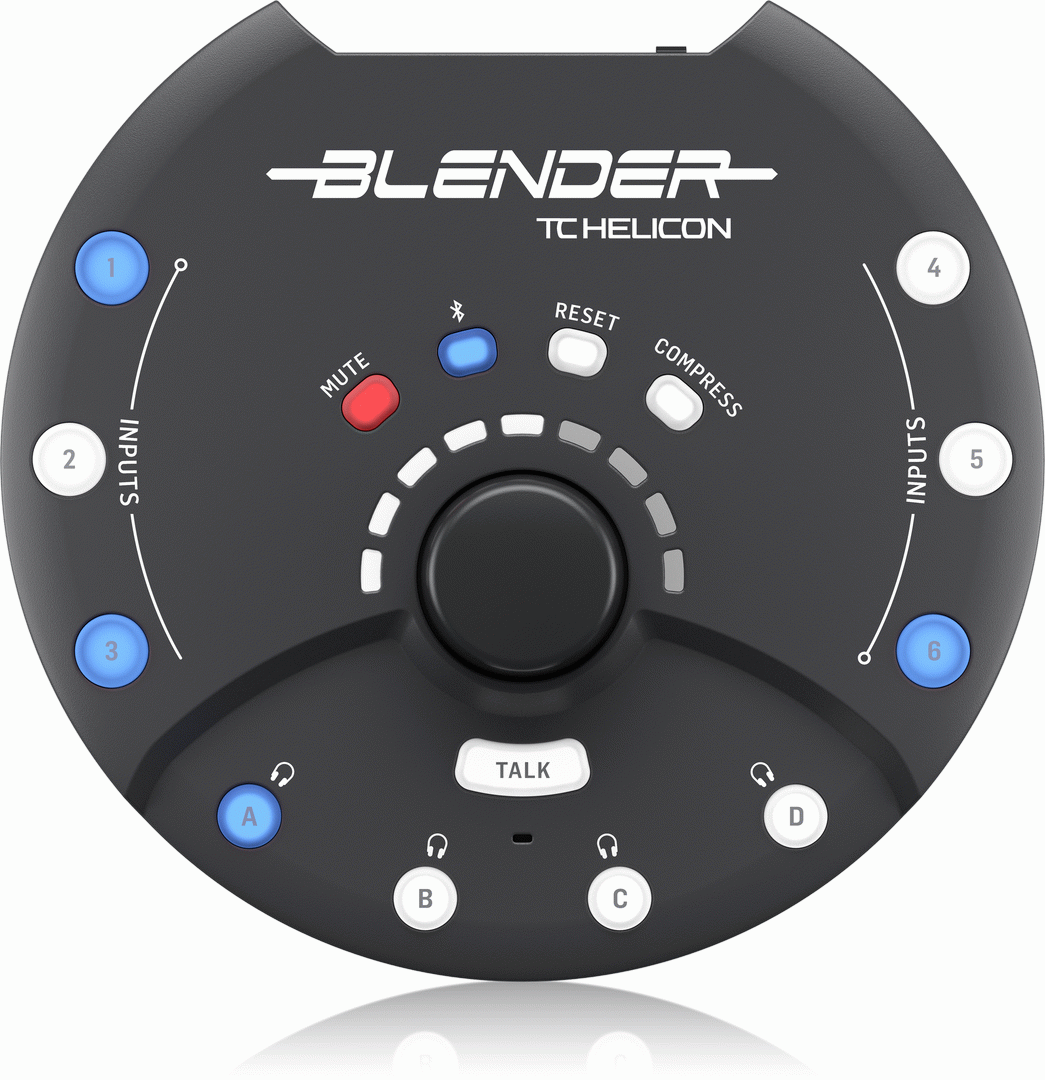

This shows that graphic composition is not only a matter of well-defined lines texture and small pattern can be equally appealing. There is also a strong graphic effect of the dark toned trees showing in sharp relief against the white mountain. The clouds passing in front of the mountain throw shadows of varying density to break up what would otherwise be a monotonous bright white. Shasta completely covered in snow after a winter of record snow. There is some rough tonal banding in this image going from the dark forest in the midground, to the mostly white tones of the snow covered mountain, to the middle gray of the open sky. This will include citing additional graphic principles not previously covered. Instead of stating a principle and then illustrating it with several final images, 18 images will be shown and after each a short analysis will follow addressing why the image is successful in B&W. To enable easier reading, this article will follow a little different path than did Part One. Whereas the first five principles offer high probabilities of success, there are always those images that have less obvious potential, but may ultimately display stunning graphic impact. Ultimately experience and instinct will suggest that a scene or image which doesn’t appear to follow any of these principles might still lead to a strong B&W image because it is graphic in other ways. This last principle is a reminder that there are exceptions to every rule and guideline. A dark-toned subject against a light background should have well defined shadow detail.A light-toned subject against a dark background has a higher B&W success probability.Select those scenes and images in which the broader swaths already form a dynamic and pleasing composition.Look for scenes that have broad swaths of dark tones alternating with lighter mid-tones, as opposed to scenes which have a range of light to dark tones broken up into small interspersed patches.

They represent only a basic starting point, as graphic art has so many dimensions, and black & white photography is a very sophisticated graphic art form B&W Principle # 1 The following principles are repeated here in case the reader didn’t see his Augarticle on this subject. If the end goal is to create fine B&W images, this knowledge will save many hours of wasted effort when selecting subjects to photograph, and ultimately when selecting images to convert that are not suited to the B&W medium. However, the fact is that what looks good in color rarely works well in B&W without knowing how different the same composition can look between the two media. This may not seem important or necessary to those photographers who have little experience working in monochrome media. In an earlier article “Black & White Image-making in the Digital Age, I listed six of my principles for selecting the best candidates for B&W conversion from a digital image library. However it’s also a great tool for any band with a keyboard player and a shortage of sound engineers or backing vocalists.Share on Twitter Maligne Lake, Jasper NP, AB, Canada Those who will benefit from this the most are musicians in small bands who take care of their own sound. There’s also a multitrack four-in, eight-out USB audio interface option through which you can easily record your creations. Perform-VK is also compatible with remote mic control and with optional foot switching through the company’s MP-75 or MP-76 microphones or Sennheiser’s e835 FX mic and Switch-3 or Switch-6 footswitches. But even if you don’t have a keyboard on hand, the built-in RoomSense mic lets you practice without a mic and automatically controls harmony. The keyboard integration means that Perform-VK can ‘listen’ to the chords played on keys and use them to intelligently determine harmonies. And there are three preset buttons that let you use a smartphone to beam sounds from hundreds of available presets to fit your style. There’s also a tap tempo control and a talk button that bypasses the effects so you can chat with the audience between songs without sounding like you’re in an echoey harmonised cavern.

For instance, want just harmony and echo? Or just pitch correction and reverb? Simply hit those buttons and off you go. There’s automatic chromatic pitch correction if you wish to use it, and you can individually select the various effect categories. Everything about it is designed to make life easy for vocalists so they can get on with the job of singing without worrying about their production, while paradoxically exercising more control over their sound. It also has stereo audio I/O and MIDI control for easy integration with your rig. It’s a stand-mount vocal processor with various effects including reverb, harmony, echo, adaptive tone and anti-feedback.


 0 kommentar(er)
0 kommentar(er)
